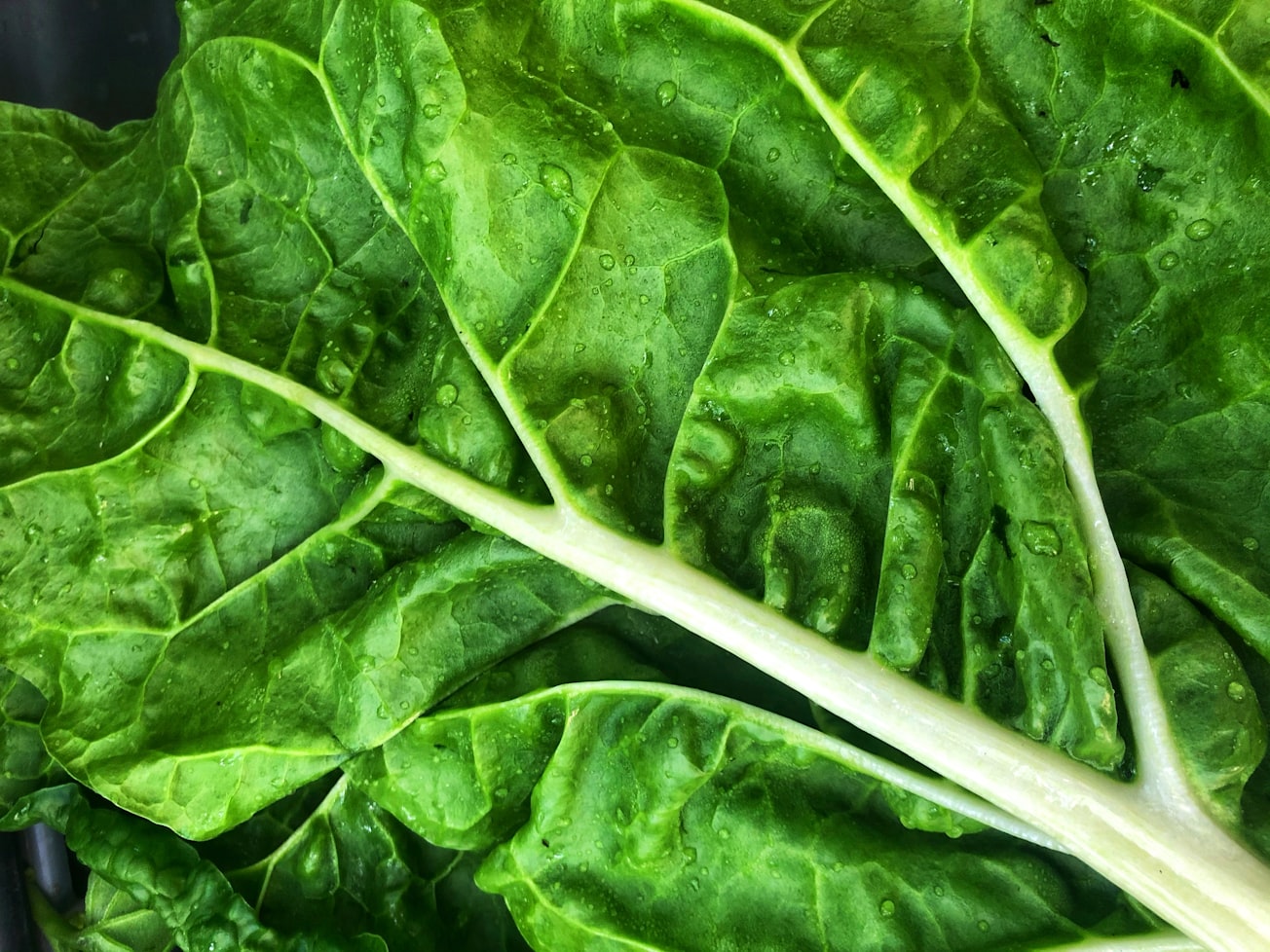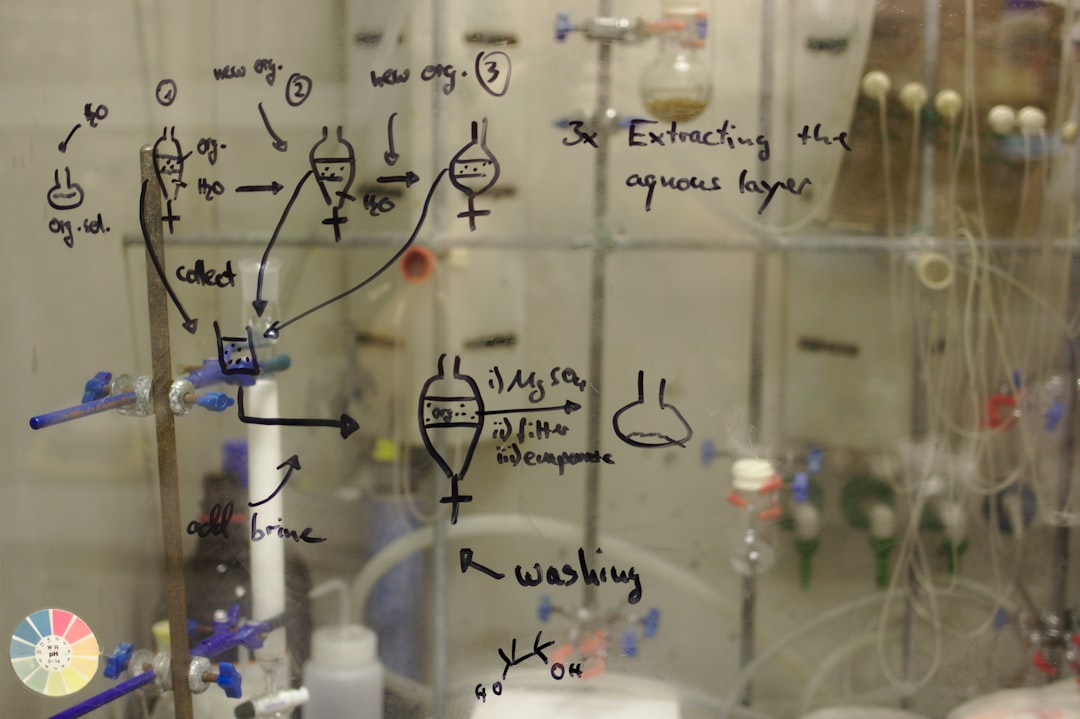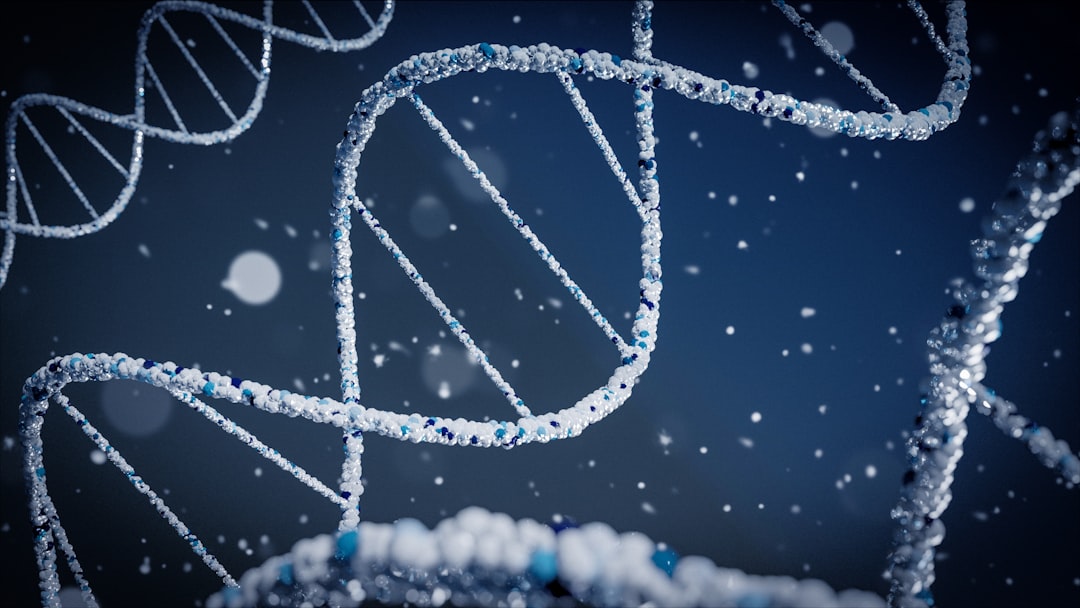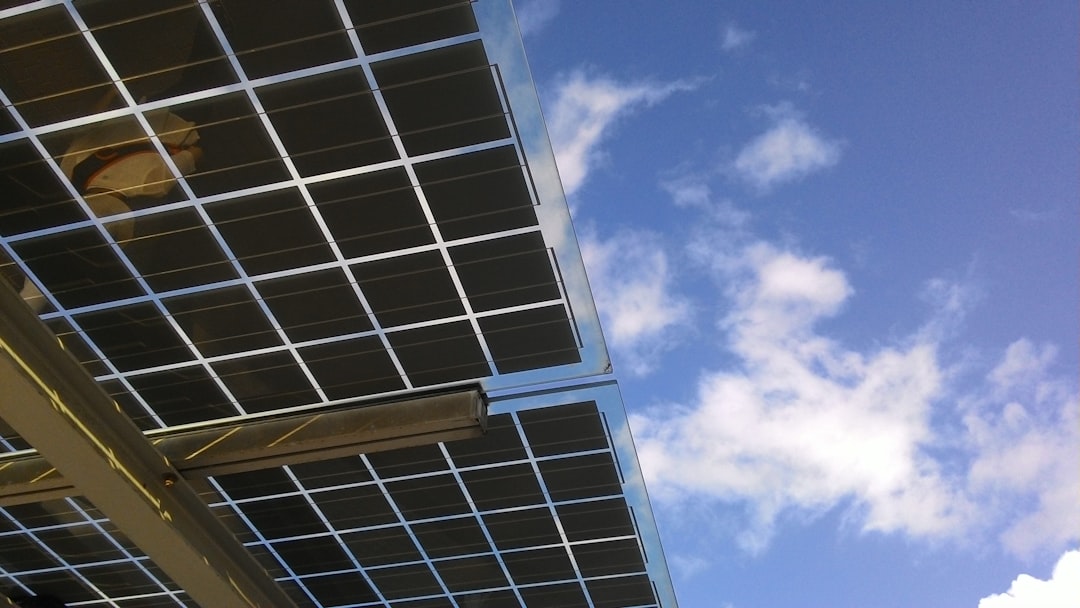What is it about?
Poly (styrene-co-maleic acid) salts (pSMA-S), represent a class of substances known as polymeric surfactants which have been used as emulsifying and dispersing agents for at least half a century. Just a decade ago researchers started to utilize these polymers for extraction of membrane proteins. This approach provides a new opportunity to isolate and characterize multi-subunit membrane protein complexes in their native form and lipid environment. In this paper we systematically characterized the efficacy of tvelve SMA copolymers to extract membrane protein complexes from spinach chloroplast thylakoids.
Featured Image

Photo by Johan Nilsson on Unsplash
Why is it important?
Since the way scientists determine solubilization efficacy varies between different laboratories, it was crucial for a wide variety of pSMA-S to be tested in one laboratory to provide an accurate and direct comparison. Additionally, identifying the SMA copolymer properties responsible for their high solubilization efficacy will allow to further advance the polymer surfactant technology and membrane protein biology.
Perspectives
In this paper I carefully examined the physicochemical properties of SMA copolymers which can be responsible for their high efficacy in extraction of membrane protein complexes from biological membrane. Given that there is no straightforward correlation between solubilization efficacy of pSMA-S and their physical properties (molecular weight and styrene-to-maleic acid molar ratio), we hypothesized that polymer chemistry and interfacial phenomena plays a crucial role in membrane protein extraction. Distribution of monomer units along the polymer chain and polymer tacticity are expected to affect their solubilization efficacy as well. The further research is ongoing.
Olena Korotych
University of Tennessee
Read the Original
This page is a summary of: Evaluation of commercially available styrene-co-maleic acid polymers for the extraction of membrane proteins from spinach chloroplast thylakoids, European Polymer Journal, May 2019, Elsevier,
DOI: 10.1016/j.eurpolymj.2018.10.035.
You can read the full text:
Contributors
The following have contributed to this page










